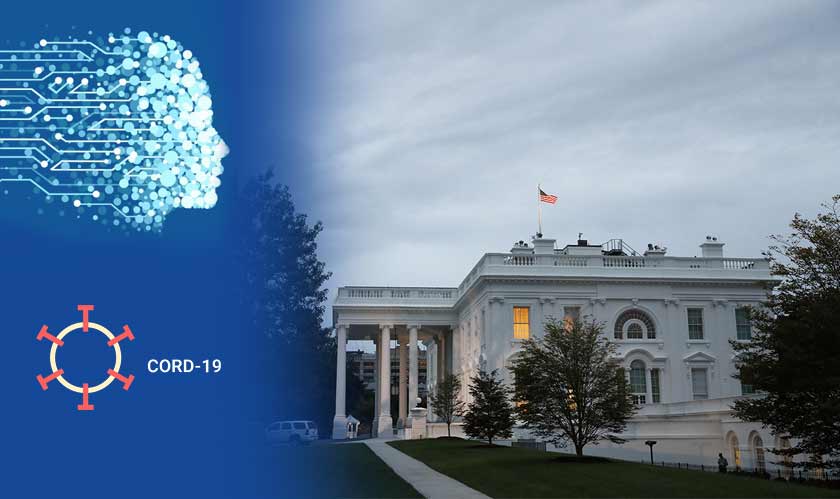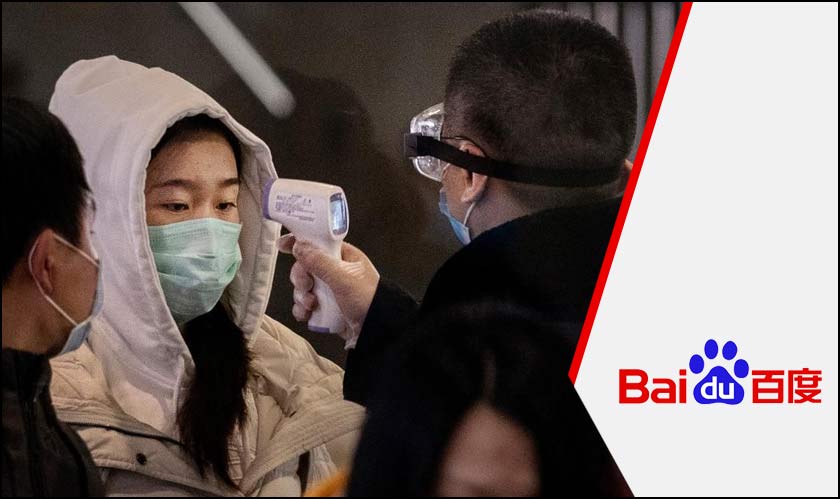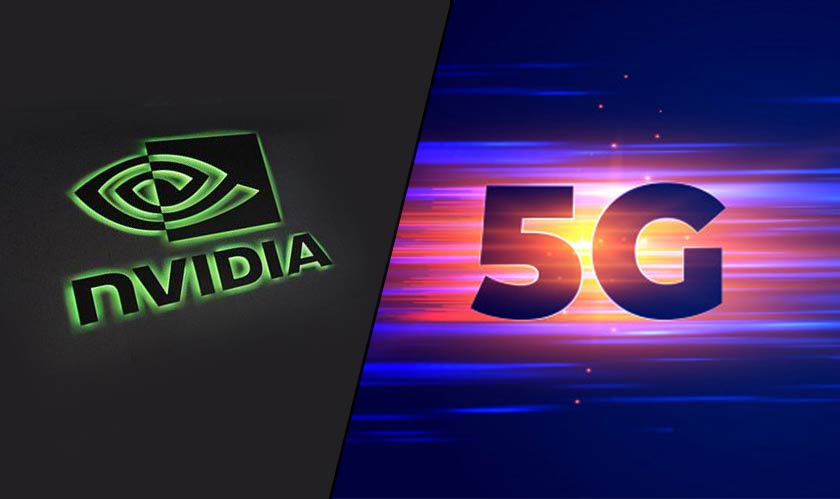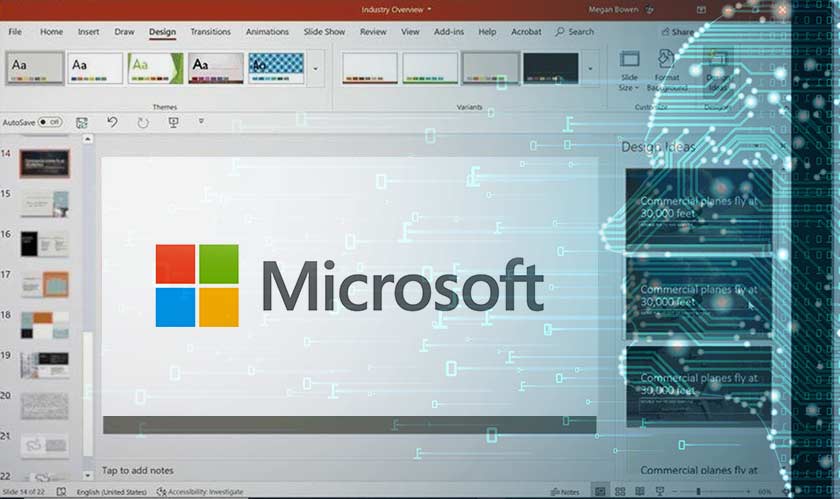
Robotics is the branch of engineering that deals with the idea, design, construction, operation, and use of robots. Further research reveals that a robot is an autonomously managed machine that carries out various duties and finishes jobs that a human would normally do.
Whatever the world thinks of them today, robots are here to stay. Thankfully, it seems that rather than taking on complete administrative control, robots’ main role will likely be to perform repetitive or dangerous tasks. Let’s look at future of robotics: what it is, how it is classified, how it will affect our lives in the future, and how it relates to artificial intelligence.
Advancements in Artificial Intelligence
In the field of robotics, two of the most intriguing and promising developments are artificial intelligence (AI) and machine learning. While machine learning helps robots to learn from their mistakes and get better over time, artificial intelligence (AI) enables robots to execute tasks that would be too difficult for them to manage otherwise. Drones, industrial robots, and autonomous cars are just a few of the uses for this technology, which is now in use and is predicted to grow in the upcoming years.
Artificial intelligence (AI) improves quality, cooperation prospects, and human-robot interaction. Co-bots, or collaborative robots, are already used in the industrial sector. They assist humans in tasks like testing and assembly.
Robots were designed to more closely resemble human behavior, which is made possible by advancements in artificial intelligence. Artificial intelligence (AI)-driven robots that behave and think more like people can improve workplace productivity beyond that of human workers.
Human-Robot Collaboration
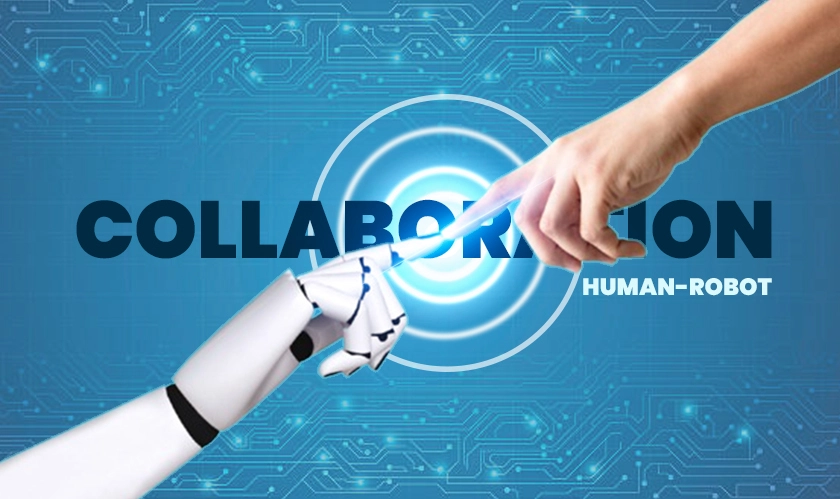
- Cobots in Manufacturing: Cobots, or collaborative robots, are intended to work alongside people to increase efficiency and security. Robots and robot-like devices are included in human-robot collaboration, and they are typically used in procedures that cannot be entirely automated, which is why we frequently see them in close proximity to people.
- Surgical Robotics in Healthcare: From surgical robots supporting intricate procedures to robotic exoskeletons assisting in rehabilitation, robotics is significantly improving healthcare. The advantages of undergoing robotically assisted surgery are numerous. You gain from a robotically assisted surgery directly — a faster recovery period — and indirectly — the surgeon can perform a more accurate procedure because of improved visualization.
Breakthroughs in Mobility
- Autonomous Vehicles: Transportation and logistics are undergoing a transformation thanks to autonomous vehicles, such as drones, self-driving cars, and unmanned aerial vehicles (UAVs). Robotic vehicles that can execute some or all of their tasks without requiring direct human input are known as autonomous ground vehicles, or AGVs. They can traverse their surroundings and make judgments by using preprogrammed waypoints or more sophisticated features like artificial intelligence, computer vision, and machine learning.
- Delivery Drones: In the near future, a drone might deliver the online package you ordered to your door. Delivery drones raise the possibility that fleets of unmanned aerial vehicles may act as independent messengers, delivering products to clients in as little as 30 minutes after a purchase. Before a drone takes off, researchers have developed a system that allows it to effectively compute its likely future destinations offline. The technique makes all possible paths a drone could take to get somewhere without running into anything easier to understand.
Robotics in Exploration and Discovery
- Space Exploration: Mars explorers are robots like Perseverance and Sojourner. Robots include the Hubble telescope and deep space exploration missions like Cassini and Voyager. Robotics is driving exciting new discoveries in exploration, from the surface of Mars to the depths of the ocean. Because these areas are inaccessible to people without the use of cutting-edge technology, discovering new frontiers is challenging.
- Underwater Robotics: It may surprise some to learn that the ocean is one of the solar system’s least studied regions. The deepest parts of the ocean may contain entire species that science has not even been able to identify. Underwater robotics is helping explorers in these deep sections of the ocean where the water pressure is far too great for scuba divers to withstand.
Ethical and Social Implications
- Job Displacement vs. Job Creation: The significance of ethical and social considerations for robots is growing as technology progresses. Job displacement may result directly from automation, which is the use of computers, software, and other technology to carry out tasks that were previously completed by humans. Human workers may lose their jobs or have their duties drastically reduced when automated systems and robots do tasks that they previously completed. Automation may replace certain occupations, but it also creates new ones in the design, maintenance, and management of automated systems. Routine, repetitive, or manual operations are frequently automated in order to free up human workers to concentrate on more difficult, creative, or strategic duties.
- Privacy and Surveillance: Security and surveillance systems have evolved into a new generation of autonomous security robots thanks to the development and appearance of technology in wireless communications, artificial intelligence, and robotics. Their uses include asset, property, and personal security, in addition to monitoring and intrusion detection for privacy concerns. Benefits like lower costs and more staff expertise in security management are also brought about by it.
Conclusion
Robotics has enormous potential to transform industries, enhance quality of life, and address some of society’s most important issues in the future. AI-powered systems and collaborative robots are examples of how robotics is developing quickly and expanding the realm of what is possible for machines. By staying up-to-date on the newest developments, we can welcome robotics’ future and capitalize on its revolutionary potential for the good of humanity.





